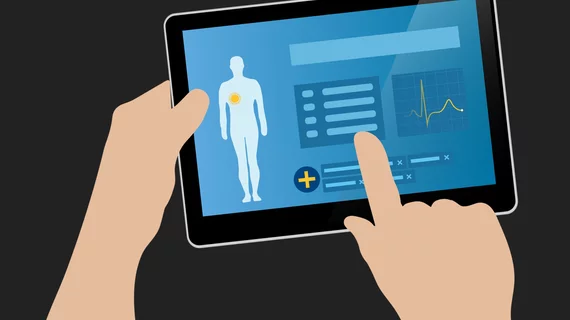Radiologists and referring physicians prefer it when multipart CT scans are read by a single specialist instead of numerous subspecialists, according to new research published in the Journal of the American College of Radiology.
Far too many medical errors come as a result of miscommunication between radiologists and referring physicians, the authors observed. And by understanding basic physician preferences, radiologists can work toward providing more effective radiology reports and limiting such errors.
“Currently, there are no formal guidelines from the American College of Radiology on communicating interpretations for multipart CT scans,” wrote Isabel Yin, BS, Pritzker School of Medicine at the University of Chicago, and colleagues. “It is also unknown what referring physicians initiating multipart CT scans expect to receive and what they find of greatest value to incorporate results in their patient care. Furthermore, there is a paucity of survey instruments with sufficient validity data to assess physician expectations of imaging and imaging communication.”
The authors developed a pilot survey that included both Likert-type responses and room for written responses. Physicians in emergency medicine, outpatient internal medicine, hospitalist medicine, general surgery and radiology from two different institutions were surveyed from May 25 to July 22, 2017.
There were a total of 215 respondents, good for a response rate of more than 54%. While 64% of respondents were male, the average age was approximately 47 years old. Radiologists made up more than 30% of all respondents.
The survey revealed that “avoiding ambiguity” was a top priority for both radiologists and nonradiologists. In addition, the two groups favored a single radiologist reading multipart CT scans, “with some opinions not far from neutral.” The two groups also had “mildly greater confidence” when a single radiologist handled all scans. Both groups also answered that they expected a single radiologist reading multipart CT scans to provide “more rapid patient care decisions.”
“Although subspecialized reads might be more accurate than generalized radiologist reads, the generation of a more effective end report for complex scans is needed,” Yin et al. wrote. “Evidence for the superiority of subspecialized reads is remarkably lacking.”
The authors noted their findings shine light on an area that could be the primary subject of future research.
“The survey also now provides empiric support for singular opinions that scans interpreted by multiple radiologists may lack comprehensive interpretation and clear recommendations, warranting further study,” they wrote.

